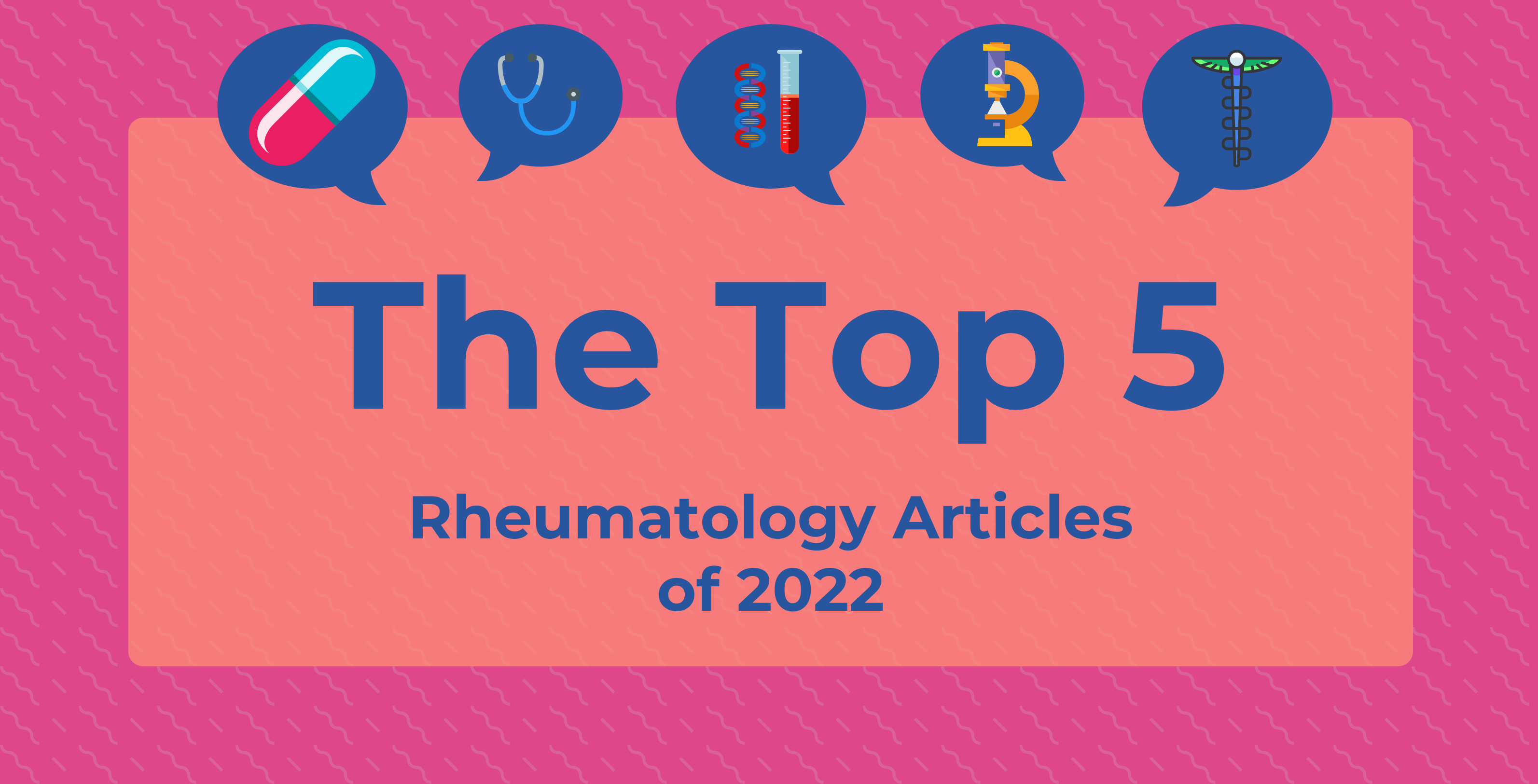Video
Healthcare Utilization and Goals of Therapy in Lupus Nephritis
Ellen Ginzler, MD, MPH, and German Hernandez, MD, FASN, FACP, discuss key drivers of healthcare utilization, progression of patients to end stage renal disease, and goals of treatment for lupus nephritis.
German Hernandez, MD, FASN, FACP: Patients with lupus nephritis can take up a substantial amount of health care utilization, because with every renal flare, they may need to be hospitalized for treatment or a kidney biopsy. As patients get more and more renal flares, this may lead to further health care utilization. And obviously, if the patients aren’t treated and progress to end-stage kidney disease, the health care utilization goes way up, because now we’re talking about providing renal replacement therapy with dialysis, which is not only costly to the health care system but also quite a burden in terms of the lifestyle modifications that patients have to make. The earlier we treat patients with lupus nephritis, the fewer chances they’ll have of progressing to end-stage kidney disease. Along with that, there will also be a decrease in health care utilization for patients with lupus nephritis.
Among patients with lupus nephritis, including treated patients and patients who don’t get treated, about 30% of them over the long term—we’re talking 10 years or longer—will end up requiring kidney replacement therapy with either a transplant or dialysis. So it’s imperative that we make a diagnosis early, treat them early, and follow their response to treatment to prevent them from progressing to end-stage kidney disease.
Ellen Ginzler, MD, MPH: The cost of lupus and lupus nephritis is extensive and quite frightening. In the last few years, there have been a number of good studies that look at the costs of treating patients with lupus. Of course, it’s different depending upon what health care benefits you have. Studies have looked at large groups of patients in private managed care programs vs Medicare and Medicaid. In a patient with active lupus, it’s estimated that the cost for 1 patient annually is as much as $50,000. That includes laboratory tests, physician visits, medications, hospitalizations, and kidney biopsies.
If you have Medicaid, it means you’re much less likely to be earning enough money to have private insurance. Patients who are economically disadvantaged tend to have worse disease, so their costs can be even higher than those for individuals who have private insurance. Then there’s always the problem that some people are caught in the middle. They may make too much money to be eligible for Medicaid or a Medicaid-managed care plan, but they can’t afford the medications necessary to keep their lupus under control.
The goal of treatment, or at least my feeling about the goal of treatment, is to get the patient into remission if possible. That means no clinical evidence of active lupus or lupus kidney disease. If you can’t get them into remission, at least to get them into what we call a low disease activity state, meaning that they have a small amount of ongoing activity but not enough to interfere with their activities of daily living or their functioning. Included in that goal is to diagnose and treat them as quickly as possible, because there’s good evidence that the quicker you get somebody into remission or to respond, the less likely they are to have irreversible damage later on.
The third thing you want to do is treat them with as few adverse effects from medication as possible. That gets into which medications you use and sometimes how individual patients will respond to those medications. We know that prednisone or other steroid medications work well for decreasing the amount of inflammation, but there are a lot of possible adverse effects associated with either long-term or high-dose steroid use. There’s a possibility of developing diabetes, high lipid or cholesterol levels, high blood pressure, changes in the bone causing osteoporosis, and changes in the eyes that affect vision. All those things have to be monitored. Therefore, in order to lower steroid doses, we may have to use other medications call DMARDS, or disease-modifying antirheumatic drugs. But they all have their own adverse effects as well. It’s a balance between bringing the patient into remission and avoiding adverse effects.
German Hernandez, MD, FASN, FACP: When we treat patients with lupus nephritis, our first and foremost goal is to decrease the levels of inflammation in the kidneys. And what we really want to do is lower the levels of protein that are being spilled by kidneys, so that hopefully by the end of 3 months of treatment with induction therapy, there should be at least a 25% drop in the level of proteinuria. By the end of 6 months, there should be at least a 50% drop in the levels of proteinuria. And by the end of 12 months, the levels of proteinuria should be less than 500 mg. When you have less than 500 mg of protein in the urine, that’s what we call a complete remission. I just gave you a timeline of 25% reduction by 3 months and 50% reduction by 6 months, but the faster we can achieve these goals, the more kidney tissue we’re going to save, and the less likely the patient is going to end up with a bad outcome in terms of requiring renal replacement therapy.
Transcript edited for clarity.




